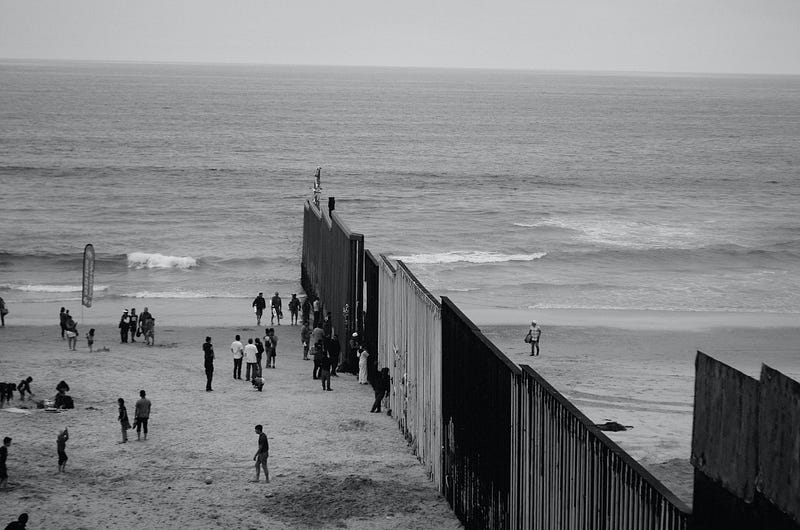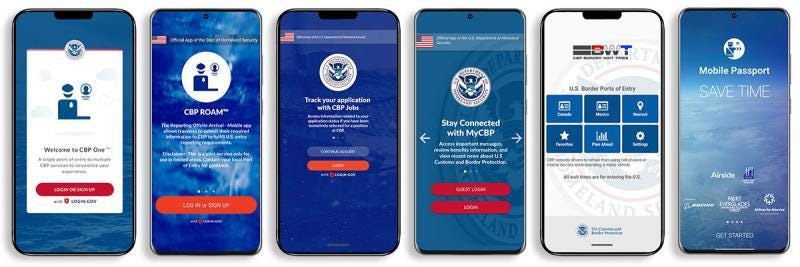Navigating the New Immigration Landscape: Understanding CBP One
Written on
Chapter 1: Introduction to CBP One
On December 15, 2022, I received an email that I initially overlooked. The subject line was unremarkable—“New Resources for the Process for Venezuelans.” However, it contained crucial information regarding a new immigration process for Venezuelans, which I didn't fully appreciate until days later. The U.S. Citizenship and Immigration Services (USCIS) offers a public information service where anyone can sign up for notifications about immigration policy changes, which is particularly relevant to my work with various groups seeking asylum.
This email introduced the CBP One app, specifically designed for Venezuelans. While some applications enhance our everyday lives—like food delivery apps—this one adds another layer of complexity to the immigration process. My interest in technology and immigration drives me to analyze its implications.

Chapter 2: Who Can Use CBP One?
The CBP One app is not available for individuals seeking asylum or attempting to cross the border directly. Instead, it is intended for sponsors of Venezuelans or Venezuelans still in their home country before approaching a U.S. port of entry. Therefore, Venezuelans already in Mexico or elsewhere cannot utilize the app.
According to the accompanying video, there are three types of accounts within the app: 1) applicant or sponsor, 2) legal representation, and 3) H-1 program.
The first video titled "President Biden Delivers Remarks on Border Security and Enforcement" provides insights into the administration's approach to immigration and the role of technology in this process.
Chapter 3: Expansion to Other Nationalities
On January 6, 2023, President Biden announced that the successful implementation of CBP One for Venezuelans would be expanded to include Cubans, Nicaraguans, and Haitians. While this sounds promising, many individuals from these nations are already at the border, facing dangerous conditions, including threats from cartels. The administration assures that the app will enhance safety, as it requires individuals to be processed before heading to the border.
However, USCIS emphasizes that the asylum seeker cannot initiate the process; it must be started by a sponsor using the app. This raises significant concerns:
- Sponsorship Requirements: A supporter must have a valid email address for the “beneficiary”—a term that reduces asylum seekers to a passive role rather than acknowledging their struggle for survival.
- Financial Burden: The supporter must demonstrate sufficient financial resources to support the beneficiary, which opens the door to potential exploitation or human trafficking.
- Time Constraints: For individuals already in precarious situations, the lengthy and uncertain app process could delay their escape from danger.

Chapter 4: Concerns and Criticisms
The CBP One app, rather than streamlining immigration, could create further barriers. Critics argue it distances the government from the human elements involved in immigration, leading to a metaphorical “slammed door” in cyberspace.
USCIS's recent guidance encourages individuals from these countries to apply online, advising them not to approach the border—an unrealistic expectation given the dire circumstances many face.
Additionally, while Temporary Protected Status (TPS) has been extended for Venezuelans in the U.S., it only lasts for 18 months. The challenges faced by asylum seekers are compounded by the app's design, which may inadvertently keep individuals out of the U.S. rather than facilitate their entry.
The second video titled "Senator Hawley Tears Into Mayorkas For 'CBP One' App Created For Illegal Immigrants" critiques the app's implications and raises questions about its effectiveness in addressing the needs of vulnerable populations.
In conclusion, while the CBP One app may present a modern solution for immigration processing, its practical application raises significant ethical and operational concerns.
Feedback on this app is welcomed, and I encourage readers to share their thoughts.